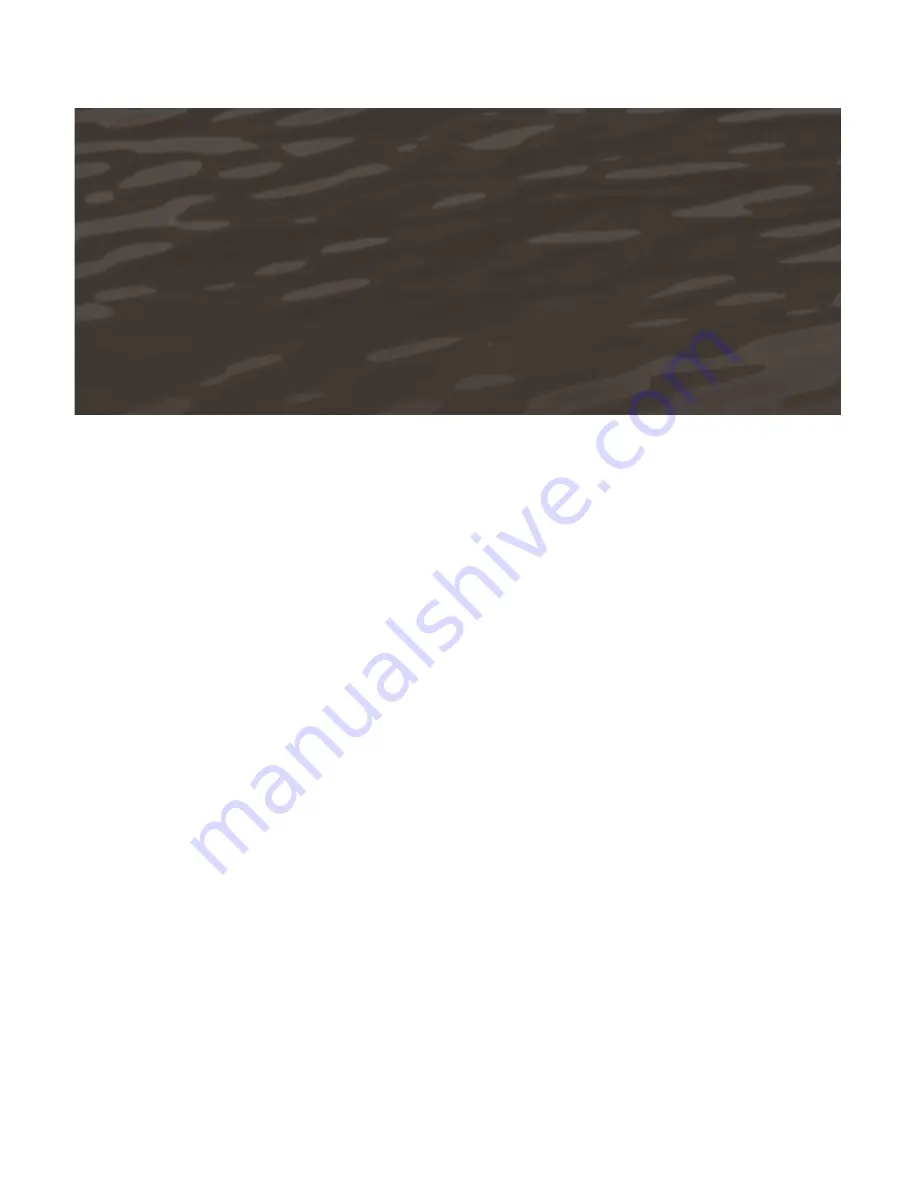
2
800.635.5202 | nrs.com
Welcome to the NRS family of boat owners. We take great pride in building high-performance
inflatables that provide many years of enjoyment. Give us a call at 800.635.5202 or drop us a
line at [email protected] if we can help in any way. We love talking about boats!
INFLATION
There are three top-quality Leafield C7 inflate/deflate valves in your NRS Pike Fishing
Inflatable Kayak (IK): one in each side chamber and one in the drop-stitch floor insert. To
properly inflate your boat, valves need to be in the closed position. Push the valve stem in and
turn it clockwise so that the stem pops up, sealing the valve.
Attach the NRS Easy Access Tackle Bag to the side tube before inflating the Pike. As air is
added, you get a snug fit that makes it easy to work the twin-track zippers. There are six D-
rings on top of each side tube, located forward of the seat. This gives you two different options
for placing the Easy Access Tackle Bag. We suggest you first try attaching the corner clips to
the four forward-most D-rings. We’ve found this gives you more room for maneuvering your
paddle.
Inflate the side tubes until they take shape, then top them off to 2.5 psi.
Next, inflate the drop-stitch floor insert. You can loosely secure the front and back tie-down
straps over the insert. Align it so that the drain holes in the floor are positioned under the
cutouts along the edges of the floor insert. Inflate the insert, making sure it expands out under
the bottom edge of the side tubes. Start out with 3 psi in the floor. If you find you need it to be
more rigid, go ahead and add more air. The unique drop-stitch technology we use in
constructing the insert allows you to go up to 10 psi for the rigidity you need. Finish by
tightening the front and back tie-down straps.
As the outside air temperature and altitude change, the air pressure inside your Pike will also
change. You may need to make adjustments to the pressure in the chambers throughout the
day. Transporting an inflated boat on a hot day or when gaining altitude can lead to
overinflation; check the pressure regularly. Cold air and water temperatures will reduce the air
pressure inside the raft. Always bring a hand pump along for adjusting air pressure as needed.
Later in the day, as the air temperature outside warms up, the pressure inside the boat will
increase. As this happens, you’ll need to release a small amount of air from each chamber.
Check the air pressure in your boat regularly throughout the day, and adjust accordingly.
We build all NRS boats to withstand substantially higher pressures than we recommend.
However, overinflation puts strain on the seams and shortens the life of your boat. An
overinflated boat is also in danger of explosive decompression (blowing apart at the seams).
The NRS warranty (see page 6) does not cover damage caused by explosive decompression.
TABLE OF CONTENTS
Inflation ............................................................................................................. 2
Outfitting ........................................................................................................... 3
Cleaning Valves ................................................................................................ 3
Maintenance and Cleaning ............................................................................... 4
PVC Material Repair ......................................................................................... 4-5
Transport .......................................................................................................... 5
Storage ............................................................................................................. 5
Limited Warranty .............................................................................................. 6








